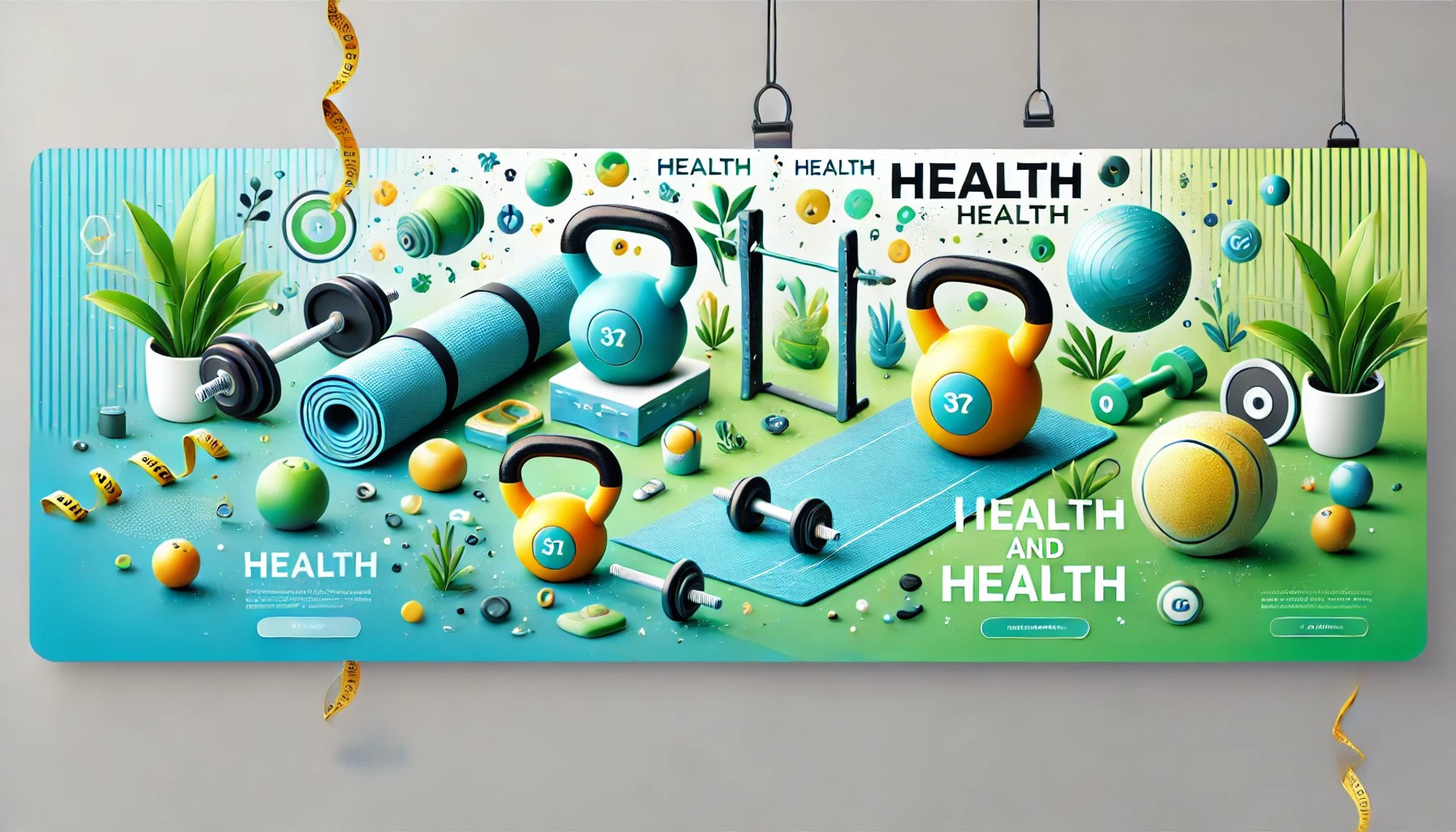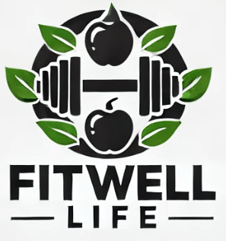Unlocking Lifelong Vitality: The Essential Fitness Guide for Men 35-55
12/29/20248 min read


Understanding the Importance of Fitness in Midlife
As men transition into midlife, typically defined as ages 35-55, the importance of maintaining fitness becomes increasingly evident. Regular physical activity plays a pivotal role in promoting overall health and well-being during this critical phase of life. Engaging in fitness activities not only supports physical health but also contributes positively to mental well-being, which is often just as significant.
One of the most compelling reasons to prioritize fitness in midlife is its impact on the prevention of chronic diseases. According to the Centers for Disease Control and Prevention (CDC), chronic diseases such as heart disease, diabetes, and obesity can be mitigated through a consistent exercise regimen. Regular physical activity helps to maintain a healthy weight, lowers blood pressure, and improves insulin sensitivity, significantly reducing the risk of these conditions. Furthermore, research from the Mayo Clinic indicates that men who engage in regular exercise are less likely to develop debilitating chronic conditions as they age, thereby enhancing their overall longevity.
Beyond physical health, the benefits of fitness extend to mental wellness, which can often fluctuate during midlife. Exercise has been shown to promote the release of endorphins, often referred to as the "feel-good" hormones, which can alleviate symptoms of depression and anxiety. A study published in Psychology of Sport and Exercise highlights that men who incorporate regular physical activity into their routines report higher levels of life satisfaction and overall happiness. This connection underscores the necessity of fitness as a holistic approach to well-being.
In addition to disease prevention and mental health benefits, participating in fitness programs fosters a greater quality of life. Physical activity enhances mobility, strength, and endurance, enabling men to enjoy daily activities without limitations. By committing to fitness in midlife, men can unlock a healthier, more vibrant life, ultimately fostering a sense of vitality that can carry well into their later years.
Setting Realistic Fitness Goals
Establishing realistic fitness goals is fundamental for men aged 35 to 55 who are embarking on a journey towards lifelong vitality. The first step in this process involves assessing your current fitness level. Take the time to evaluate your physical capabilities by reflecting on factors such as endurance, strength, flexibility, and overall health. This self-assessment serves as a foundation, determining where you currently stand and helping to identify areas that require improvement.
Once you have a clear understanding of your fitness level, the next step is to formulate SMART goals. SMART is an acronym that stands for Specific, Measurable, Achievable, Relevant, and Time-bound. Specific goals provide clarity; for example, instead of stating "I want to get fit," specify "I want to lose 10 pounds in three months." Measurable goals allow for tracking progress, while achievable goals ensure that the objectives set are realistic considering one's current lifestyle and commitments. It's also essential that goals are relevant to one’s personal aspirations and motivations. Finally, time-bound goals establish a deadline, fostering a sense of urgency and purpose. By adhering to the SMART criteria, the likelihood of successful outcomes increases significantly.
Keeping motivation high throughout the fitness journey is essential for maintaining progress. One effective strategy includes setting short-term milestones that lead to your ultimate objectives. Celebrating these small victories can boost morale and inspire continued effort. Furthermore, consider enlisting the support of a workout partner or engaging in group fitness activities, as social interactions often enhance commitment levels. Lastly, regularly revisiting and adjusting your goals is important, as it reflects your evolving fitness journey and ensures alignment with your current lifestyle. By setting realistic, meaningful fitness goals, individuals can foster a sustainable relationship with health and exercise that endures over time.
Choosing the Right Fitness Regimen
Selecting an appropriate fitness regimen is crucial for men aged 35 to 55, as it significantly impacts overall health, energy levels, and longevity. In this age group, the body undergoes various physiological changes that necessitate a thoughtful approach to exercise. A balanced fitness program should incorporate strength training, cardiovascular activities, and flexibility exercises. Each of these components serves a unique purpose, ensuring a well-rounded approach to fitness.
Strength training is particularly vital as it helps to combat age-related muscle loss, increases metabolism, and enhances bone density. Men typically benefit from weightlifting routines that target major muscle groups at least twice a week. Options include free weights, resistance bands, or bodyweight exercises. For those just starting, working with a personal trainer may be beneficial to ensure proper form and personalized progression.
Cardiovascular fitness is equally important, as it improves heart health and aids in weight management. Activities such as walking, jogging, swimming, or cycling can be incorporated into a regular routine, ideally aiming for at least 150 minutes of moderate aerobic exercise per week. Choosing activities that align with personal interests not only fosters adherence but also enhances enjoyment in the fitness journey.
Lastly, flexibility exercises are essential for maintaining mobility and preventing injuries, particularly as one ages. Incorporating stretching routines or activities like yoga can significantly contribute to one's overall fitness regimen. These practices enhance flexibility, improve posture, and promote relaxation.
In selecting the most suitable fitness regimen, consider your personal interests, physical condition, and existing lifestyle. This personalized approach allows for the pursuit of fitness as an enjoyable endeavor rather than a mere obligation, ultimately leading to a sustainable and fulfilling fitness journey.
Nutrition: Fueling Your Fitness Journey
Nutrition plays a critical role in enhancing fitness for men aged 35 to 55. As metabolic rates begin to change with age, it becomes vital to understand and cater to the body’s nutritional requirements. This age group requires a balanced intake of macronutrients—proteins, carbohydrates, and fats—to support energy levels and muscle recovery while promoting overall health.
Protein is essential for muscle repair and growth, particularly important for men engaging in regular physical activities. Lean meats, fish, dairy, legumes, and plant-based protein sources should be integral components of daily meals. Carbohydrates, often wrongly demonized, serve as the primary energy source. Complex carbohydrates found in whole grains, fruits, and vegetables aid in maintaining sustained energy levels throughout the day. Healthy fats, such as those found in avocados, nuts, and olive oil, are vital for hormone production and nutrient absorption.
In addition to macronutrients, micronutrients—vitamins and minerals—should not be overlooked. For example, calcium and vitamin D are crucial for bone health, while antioxidants like vitamins C and E help combat oxidative stress. A diet rich in colorful fruits and vegetables ensures adequate intake of these essential vitamins and minerals.
Meal planning is another crucial element of nutrition for this demographic. It is advisable to prepare meals in advance to avoid last-minute unhealthy choices. Incorporating snacks that are high in protein and fiber can help manage hunger between meals, keeping energy levels steady and aiding in recovery after workouts. Foods such as Greek yogurt, nuts, and hummus are excellent options.
By adopting a well-rounded approach to nutrition, men aged 35 to 55 can significantly enhance their fitness journey. Understanding the role of each nutrient and making informed choices will not only support physical activity but also foster long-term well-being.
Incorporating Fitness into a Busy Lifestyle
Maintaining a consistent fitness routine can be challenging, especially for men aged 35 to 55 who often juggle work and family responsibilities. Common barriers such as time constraints and fatigue can discourage even the most motivated individuals. However, successfully integrating fitness into your daily life is achievable with effective strategies and a proactive mindset.
One practical approach is to schedule workouts like any important appointment. Set aside specific times during the week dedicated to exercise, whether early in the morning, during lunch breaks, or after work. This commitment fosters accountability and ensures that fitness remains a priority amidst a busy schedule. Additionally, consider shorter, high-intensity workouts that can be completed in 20 to 30 minutes. Programs like HIIT (High-Intensity Interval Training) have gained popularity because they yield substantial results in a brief amount of time, making them ideal for individuals with tight schedules.
Moreover, maximizing time at the gym is essential. Focus on compound exercises that engage multiple muscle groups simultaneously, thus optimizing workout efficiency. Resistance training combined with cardiovascular exercise can provide a balanced routine, promoting overall fitness while saving time.
Incorporating physical activity into daily routines outside of the gym is also beneficial. Simple changes—such as taking the stairs instead of the elevator, walking or biking to work, or engaging in family activities that involve movement—can significantly increase daily activity levels. Consistency is crucial; establishing a regular pattern of movement forms a sustainable habit over time.
By prioritizing fitness and employing these practical strategies, men in this age group can navigate busy lifestyles while still reaping the benefits of regular physical activity. Small, deliberate changes culminate in improved health and vitality, essential components of a fulfilling life.
Monitoring Your Progress: The Key to Staying Motivated
Monitoring progress is crucial for maintaining motivation in any fitness journey, especially for men aged 35-55 who may face unique health and lifestyle challenges. Regularly assessing fitness levels enables individuals to recognize improvements, adjust training plans, and refocus efforts as needed. By implementing various tracking methods, individuals can create a comprehensive view of their health journey.
One effective approach to tracking progress is through the use of technology. Fitness apps and wearables have gained popularity due to their convenience and user-friendly features. These technological tools often come equipped with capabilities to monitor heart rates, track workouts, calorie intake, and sleep patterns. Such data can provide insights into one’s physical state, making it easier to identify areas that require adjustment. The real-time feedback provided by these devices also serves to keep users engaged and accountable to their personal fitness goals.
In addition to modern technology, traditional methods such as maintaining workout logs or journals can be equally effective. By documenting workouts, dietary habits, and personal reflections, individuals can evaluate their progress over time. Written logs serve a dual purpose: they not only track achievements but also highlight setbacks, helping to maintain a balanced perspective on one’s fitness journey. Regularly reviewing these entries can reinforce commitment and underscore the progress made, motivating further advances.
Furthermore, setting specific, measurable goals can work hand-in-hand with tracking techniques. Establishing clear targets, such as running a specific distance or lifting a certain weight, provides a sense of purpose and direction. The combination of goal setting and progress monitoring creates a structured approach that helps men sustain their motivation and commitment to their fitness plans. By leveraging both modern technology and traditional methods, individuals can effectively track their journey towards lifelong vitality.
Building a Supportive Community for Fitness Success
Establishing a supportive community is a crucial element in achieving and maintaining fitness success, especially for men aged 35 to 55. As individuals embark on their fitness journeys, the motivation derived from social connections can significantly enhance their commitment to wellness. Engaging with like-minded people provides not only encouragement but also accountability. This sense of belonging can be achieved by finding workout partners, joining fitness classes, or participating in online communities dedicated to health and fitness.
Workout partners serve as vital sources of motivation—someone to share goals with, celebrate achievements, and discuss challenges faced along the way. This mutual support creates a healthy sense of accountability; participants are less likely to skip a workout if they know someone is counting on them. Additionally, friends or family members can also join in fitness activities, further enriching social experiences while promoting a healthier lifestyle. Integrating fitness with social interaction lays the foundation for long-term success.
In today's digital age, online fitness communities have also gained popularity. These platforms facilitate connections among individuals with similar fitness aspirations. Forums, social media groups, and fitness apps allow users to share their progress, exchange advice, and provide encouragement. Engaging in these communities not only helps in acquiring new strategies but also instills a sense of camaraderie that can be motivating and uplifting. The diversity of experiences shared within these groups can inspire members to push through challenges that may seem overwhelming at times.
Ultimately, the shared experiences, advice, and support fostered by a fitness community signify an essential component of a sustainable fitness lifestyle. For men aged 35 to 55, building and nurturing these relationships can lead to both physical and emotional health improvements, making the pursuit of fitness a more enriching journey.

Wellness
Your source for health, fitness, and nutrition.
Fitness
Nutrition
© 2024. All rights reserved.


